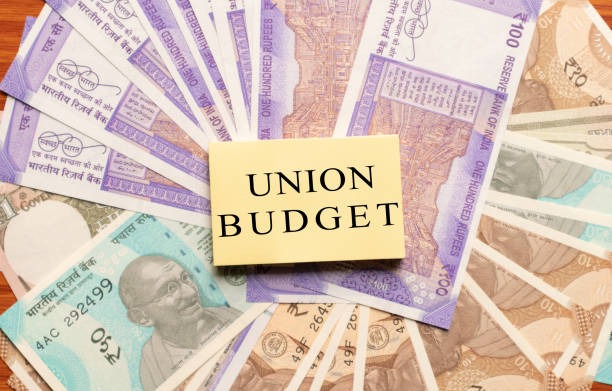Union Budget 2025: Real Estate’s Anticipations and Challenges


The Indian real estate sector, which contributes significantly to the nation's GDP and employment, is eagerly awaiting the Union Budget 2025. The sector has seen steady growth in both residential and commercial spaces, thanks to its resilience and innovation. The interim budget of the previous year had taken some great strides in terms of affordable housing, REITs, and urban development. However, the ever-changing market dynamics and emerging challenges require a new set of reforms and support. The residential real estate market has, in recent years, seen a rising trend in luxury and high-end segments.
The trend has been on account of higher disposable incomes and shifting consumer preferences for premium living spaces. On the commercial side, office leasing has been steadily on the rise with the entry of GCCs and consistent hiring in key domestic sectors. However, looking ahead, it is the ability to address cost burdens, revisit tax structures, and foster an environment conducive to innovation and investment that will help sustain growth in the sector.
The interim budget of 2024 set up a great foundation. ₹2.2 lakh crore was sanctioned for affordable housing over five years, so the move chimes well with the industry's objectification of greater inclusivity. Reduction of the long-term capital gains holding period for REITs to 12 months from the existing 36 months had really increased the investment prospects and then attracted both domestic and international players. The focus on Transit-Oriented Development (TOD) in 14 cities and digitization of property records and dormitory housing for industrial workers are steps that have shown a forward-looking approach to the challenges of the urban sector. However, much more is needed to address some of the most critical issues facing the sector.
The cost of construction has increased with inflation in raw materials and high borrowing costs. Developers are expecting the government to adjust policies, including revising input tax credit mechanisms, to ease the financial burden. FDI norms could also be revised to enhance liquidity, which would help developers meet project timelines and address the growing demand for housing and office spaces. Affordability is an area of significant concern. The ₹45 lakh threshold for affordable housing, since 2017, is now skewed to the ground realities in Tier I cities. An update on this threshold would help more people gain from GST and revive the momentum of affordable housing under Section 80-IBA, thus bringing the developer to the fold for achieving the "Housing for All" mission. Sustainability is another area of extreme focus. Green buildings and eco-friendly practices are spreading all around the world, and the real estate industry in India cannot be left behind. Tax incentives for developers on sustainable construction and financing mechanisms tailored specifically for green initiatives should make India emerge as a global leader in environmentally conscious real estate development.
Emerging segments such as rental and student housing are huge opportunities. As urbanization is rapidly happening and a mobile workforce is emerging, alternate forms of housing will require policy incentive support. The industrial worker housing initiative of the previous budget provides a precedent that can be expanded to meet diversified housing needs, allowing for inclusive growth in urbanization.
Infrastructure investments continue to be the cornerstones of the sector's success. Rapid urbanization in Tier II and Tier III cities would require robust connectivity and transit systems. Continued focus on infrastructure development would unlock real estate opportunities in these regions as new urban hubs for residential, commercial, and industrial growth.
Infrastructure investments continue to be the cornerstones of the sector's success. Rapid urbanization in Tier II and Tier III cities would require robust connectivity and transit systems. Continued focus on infrastructure development would unlock real estate opportunities in these regions as new urban hubs for residential, commercial, and industrial growth.
India's economic trajectory continues to inspire global confidence with the real estate sector being an important pillar in its development. With the GDP growth estimates for FY25 standing at approximately 6.6%, with a well-thought-out Union Budget 2025, it is ready to scale up the sector's contribution to the economy. Addressing longstanding issues and supporting innovation will only see the sector meet its role as an economic driver but also mold it into a more inclusive, sustainable, and resilient industry. It would be a budget that aligns with the aspirations of the sector, unlocking opportunities for developers, investors, and homebuyers alike, and laying the groundwork for a brighter and more equitable future

